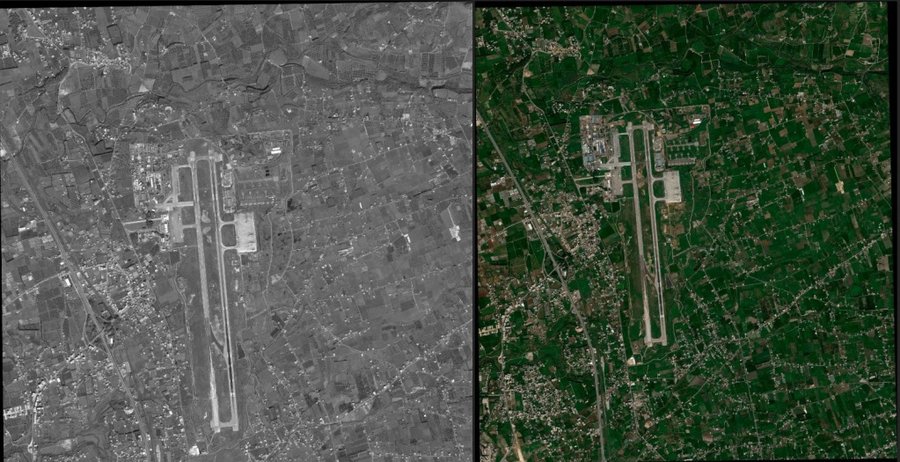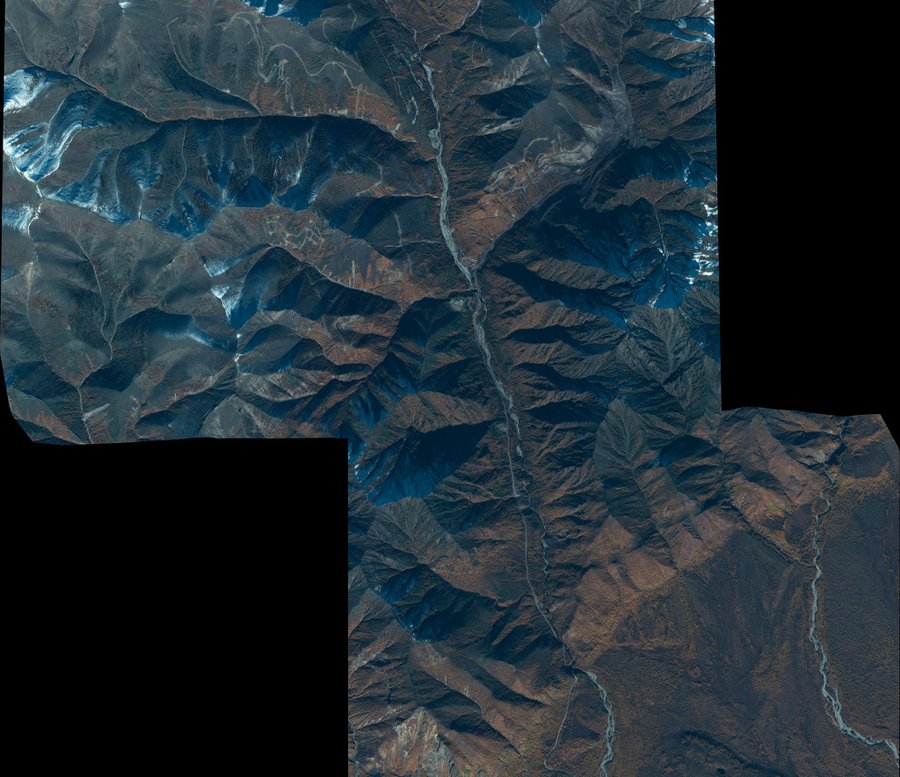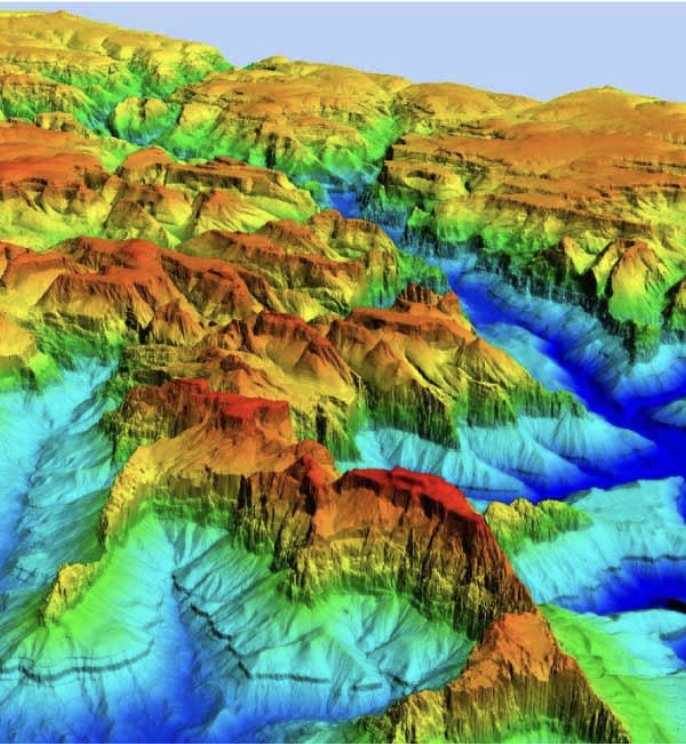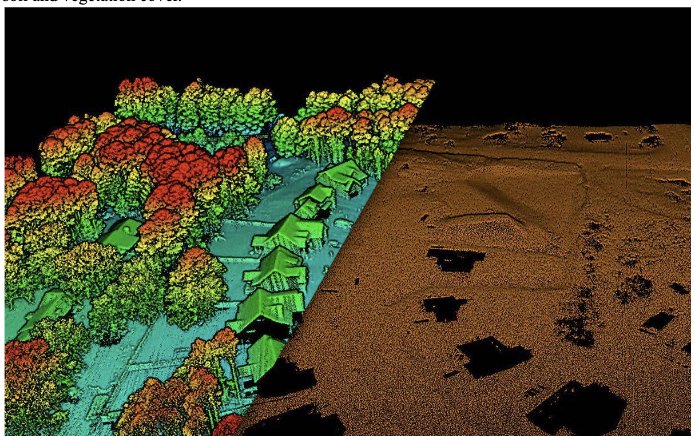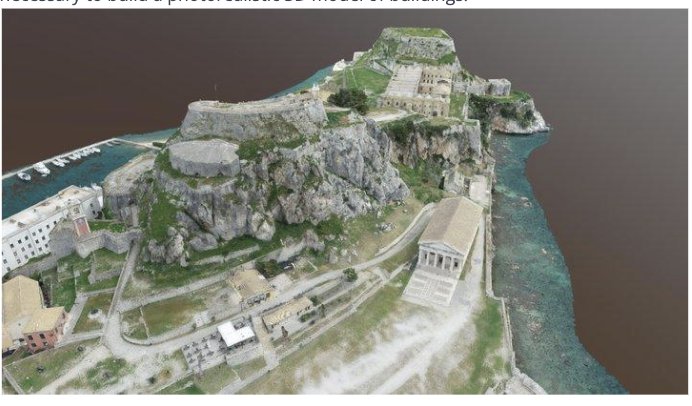Orthophotoplan
Orthophotoplan (OFP) is a photographic image of the terrain in an orthogonal projection, given coordinate system and the required scale, obtained by orthotransforming images using CMR, reference points or RPS coefficients to eliminate distortions caused by shooting conditions, survey equipment, image angles and terrain, followed by stitching transformed images and cutting orthophotoplans on nomenclature or arbitrary sheets.
